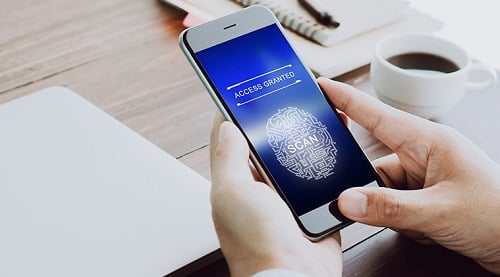Just recently, Google has announced a new feature which would allow users to verify their identity via Android fingerprint or screen lock instead of the more conventional method of password –when visiting certain Google services : such as Google passwords. What makes this feature even more convenient is the fact that there is nothing additional to set up – it just works.
While the feature has already dawned upon Google’s very own Pixel devices, it is soon to arrive on devices that happen to run Nougat or later – this over the course of the next few days.
Must Read: Huawei P30 series camera update
What exactly does this feature mean for you though? Well let’s say that you have an Android phone at your disposal, coming with a screen lock of some kind : perhaps fingerprint, PIN, swipe pattern etc. What the latest feature does is that when you visit Google passwords now or other select Google services on you mobile web browser, the feature will allow you to authenticate your identity using the screen unlock protocol that you happen to been using on your device.
Interestingly enough, there also isn’t anything extra for you to setup. If you do have a Google account that is attached to your mobile device, this will indeed work for you. Such a platform is another way in which different companies have been trying to eliminate the sheer need of remembering and entering text-based passwords.
It’s only natural then that with such a feature in mind, people start to wonder just how safe and secure it truly is. Well, it’s actually quite secure – as it happens to be based on FIDO2 standards, W3CAuthn, and FIDO CTAP. What happens is that your fingerprint or indeed screen unlock system authenticates you on-device and then simply communicates with the Google based servers – with an “authentic” or “not authentic.” In essence, what this means is that Google never sees your fingerprint or your password etc.




